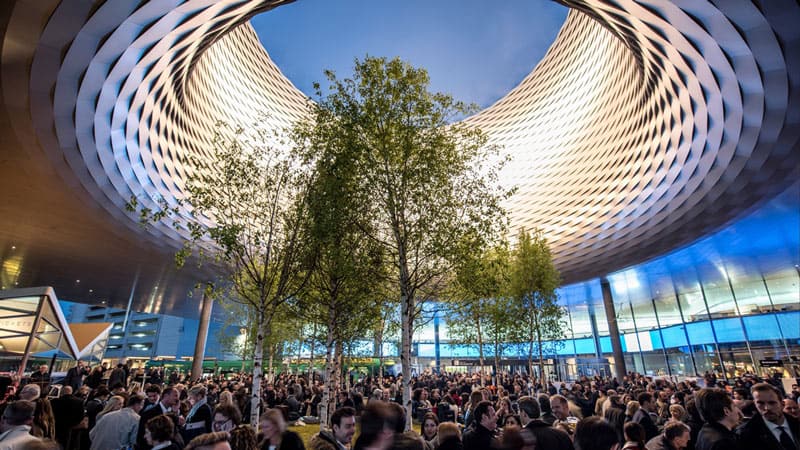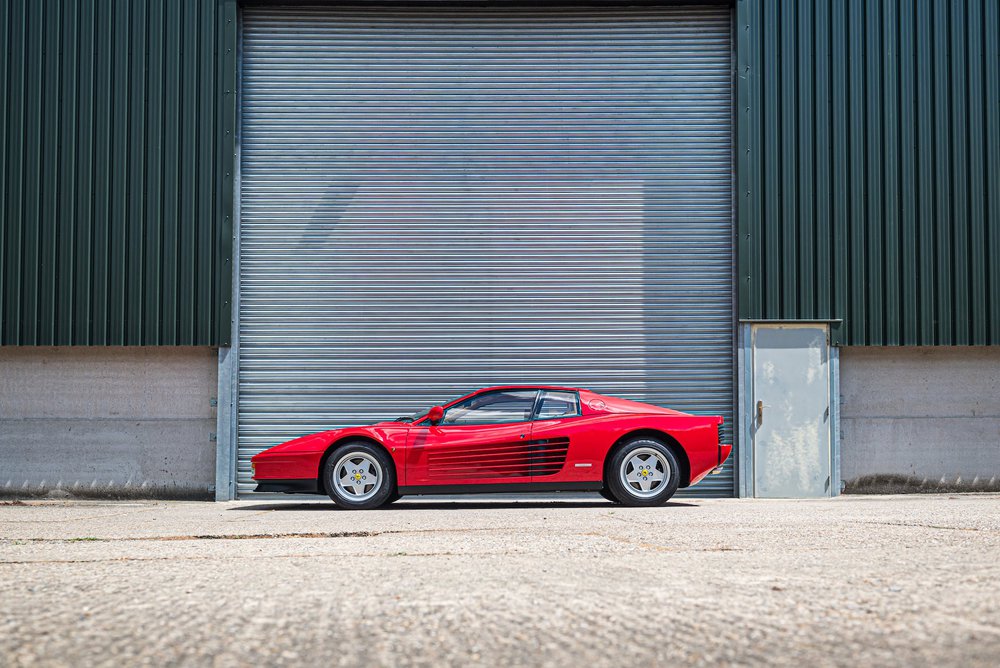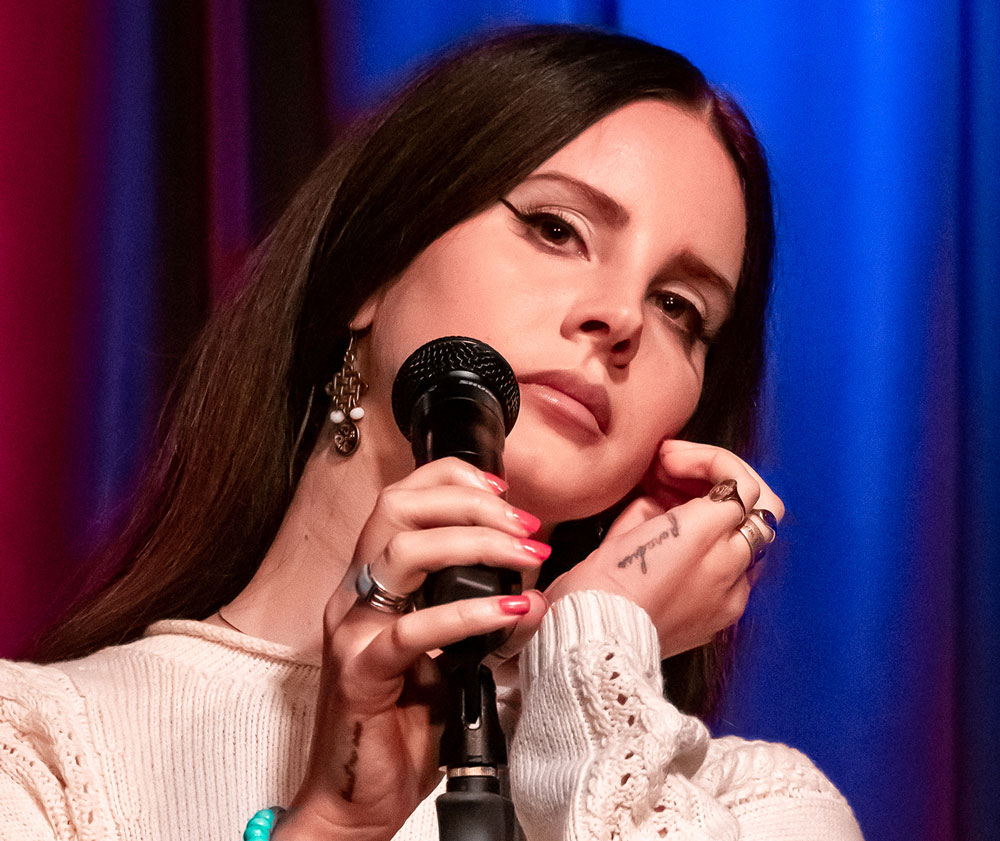This year several watchbrands and watchmakers decided to quit Baselworld. Each one had probably a different reason but at the end a common context is about to set the fate of the international watch fair.
Baselworld used to be the unique touch point between retailers and brands…. not anymore.
From a contextual point of view, Baselworld has gone through different phases and it is not the first time people say the international watch fair is over. Why today, more than never the risk of a non-happy-ending is there? It all starts with the alignment of a specific context.
Economic crisis generates an ongoing discussion all year long
Since 2009, economic crisis hit the watchmaking industry very hard. Sales were uncertain and sell-in stagnated while sell-out was stuck in an economic desert. Let’s imagine the stress of watch companies welcoming potential buyers once a year at Baselworld and hoping they will make good orders! Also imagine the pressure into the buyers shoulders when entering a watch brand stand. They felt like living targets. During the watch fair, thousands of journalists would be invited in order to create editorial coverage hoping this would generate excitement around the new models.
With the economic crisis, brands and retailers need to guarantee revenue, so a continuous communication flow needs to happen, so we can all plan ahead the incoming year. This means that Baselworld is not the only moment in which brands and retailers talk with each other. Key retailers are invited by brands headquarters and affiliated to pre and post Baselworld meetings, pre and post Christmas meetings, so Baselworld becomes a tradition, more than an absolute need.
There are other watch fairs around the world that multiplies touchpoints with key retailers
What made Baselworld unique was also the fact that it was the only international watch fair in the world. It used to be the key event for the watchmaking industry where everybody would be. With the years passing by, Baselworld lost its status of being the only watch show. Now several events take place around the world which also multiplies retailers touchpoints. Let’s start with the SIHH, which became a very strong competitor. The Salon International de Haute Horlogerie was founded in 1991 by the initiative of the Richemont group and its CEO Alain-Dominique Perrin. The first year, only 5 brands were present in a 1000m2 space. 27 years later, the Geneva watch fair exhibits 35 brands in growing space now bigger than 40’000m2. More than 20´000 visitors attended the watch fair this year which is an historical record. 1’500 journalists came from everywhere that helped establishing one year more the high status of this fair.
Another watch fair that is growing and growing is the Hong Kong based WATCH AND WONDERS. Hong Kong represents 20% of total Swiss exports, so it is important to have an annual presence there. Watch brands can exhibit novelties and take an interesting position in the region, either among watch enthusiasts or retailers. Since this year, Watch and Wonders have extended its presence to Miami in the US. This move is a smart one. First, they can present locally the SIHH models of the year. Second, the fair can benefit from the Miami design area full of potential collectors. The interest for watches has an exponential growth. New markets are growing and the need to touch base more often becomes an important strategy.
Digital technology made the world smaller
With the development of digital communication technologies, the relationship with retailers evolved. From traditional video-conference techniques, to virtual reality and augmented reality, watch brands can keep their retailers informed about the latest developments. Social media becomes a strong powerful tool allowing distributors and retailers to engage in the discussion about watch novelties and best-sellers.
Baselworld became too expensive and too complicated to attend to.
With the reconstruction of Baselworld in 2013, prices have sky-rocketed. From CHF 1’700 the square meter up to multi-million stands, Baselworld became very expensive and several brands prefer to organize their hospitalities outside the fair. The Swatch Group with is 18 brands have a budget of CHF 50 million for Baselworld. That is probably one of the reasons the Swatch Group decided to leave Baselworld. They probably think they can offer a better experience to their guests with a better cost elsewhere.
When you are experienced to go to Baselworld you know every year it is a painful experience to find the best logistics. Hotels prices are very high and if you do not book a room almost 12 month in advance, you will have issues to find availability. Parking is also very complicated and if you try to find a table at the restaurant… good luck with that. This lack of infrastructures makes things difficult. If you are a journalist, a brand or a potential buyer, you will find hard to accommodate such conditions after so many years.
But It is not the first crisis for Baselworld, the watch show can evolve.
While everybody is shocked by the decision of the Swatch group to quit Baselworld, we still do not know what is going to be with LVMH, Rolex, Chanel and many others. Baselworld commission released a press communication document in which they express the fact they regret Swatch Group leaving the fair but they bring more food for thought. They explain they want to evolve and will evolve in 2019. This might bring the Swatch Group back to the table of discussions.
Michel Loris-Melikoff, who became Baselworld’s new Managing Director on 1 July 2018, likewise confirmed that the transformation of Baselworld from an order platform to an attractive marketing, communications and events platform will be prioritized in 2019.
- The event focuses on Hall 1 in 2019
- The best creations by independent watchmakers, will be presented in Hall 1.0 South, which was not used last year.
- Hall 1.1 will be the venue for “The Loop”, an area which will present an exhibition about the art of watchmaking (“Métiers des Horlogers”).
- A diverse selection of catering options, ranging from takeaway to an exclusive three-star restaurant, will be available for exhibitors and visitors.
- The catering areas thus move from the show’s periphery to its centre.
- Another highlight is the new “Show Plaza” in Hall 1.2, which will bring together the best jewellery manufacturers.
- A spectacular 240° catwalk with numerous LED screens makes it possible to stage jewellery in totally innovative ways. Loris-Melikoff explains: “This area will also be used for a wholly revised press day and a Retailer Summit, which takes place for the first time.”
Loris-Melikoff also announced intensive discussions with representatives of Basel’s hotel and restaurant industry, with the goal of achieving constructive solutions. The objective is to draw up and sign a “Charta” with partner hotels to guarantee a reasonable price level. In return, Baselworld would recommend the hotels as the show’s partners.
There is no question that Baselworld can evolve. The question is more about the need for watch fairs from a business point of view? Let’s not forget that watch trade shows are a Business-to-business event. If the business reality is changing and the need for these shows are lower, there will be a revision of the nature of these shows. Should it be for the public or should be a different purpose? Probably we should not see watchmakers in one side and the Baselworld committee in the other. They should all sit together and draft the future for all.
Arsène Wargas
Info sourced by the author for luxuryactivist.com. All content is copyrighted with no reproduction rights available. Images are for illustration purposes only.





